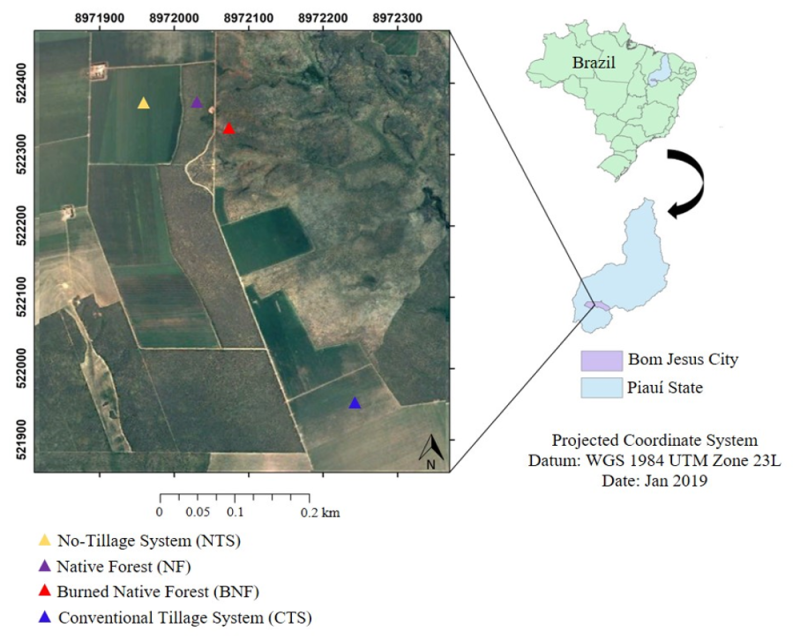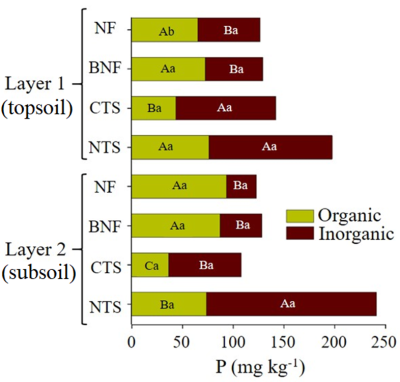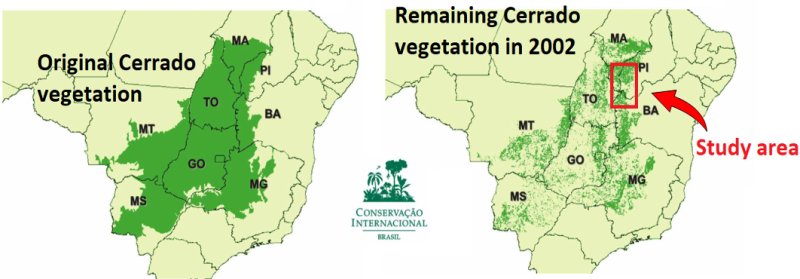New publication from Ozeas Costa's group: C and P dynamics in oxisols from the Brazilian Cerrado, the richest savanna in the world

In a new collaboration with Brazilian colleagues, Ozeas Costa (OSU Mansfield) has recently published an article in Environmental Monitoring and Assessment evaluating carbon and phosphorus dynamics in oxisols from the Brazilian Cerrado under different management regimes – including native vegetation, burned forest, and croplands under conventional and no-tillage agricultural systems. They have found that the continuous use of fertilizers in agricultural systems have significantly altered the carbon and phosphorus dynamics of Cerrado soils, likely resulting in increasing environmental fluxes of these nutrients. Although no-till systems performed better than conventional tillage, accumulations of total and oxidizable carbon – as well as nitrogen and phosphorus – at both the topsoil and the subsoil are significantly higher than non-cultivated systems.
Read the full article here!


The Brazilian Cerrado is a vast dry and hot savanna ecoregion located in the central portion of the South American continent, covering an area of over 2 million km2 (24% of the country’s land area). It comprises a wide range of biodiversity and has been described as “the richest savanna in the world”. Because of its high acidity (pH 4.8-5.1), very low cation-exchange capacity, high content of organic matter, and low native-nutrient availability, Cerrado soils have been deemed unsuitable for cultivation. However, after aggressive government-led development programs starting in the 1970’s, more than 50% of this biome has been converted to agriculture, and the Cerrado has become Brazil’s agricultural engine, producing soy and corn in amounts that rival the output of the United States. This conversion has increased the environmental fluxes of carbon and nutrients by about 250%.

